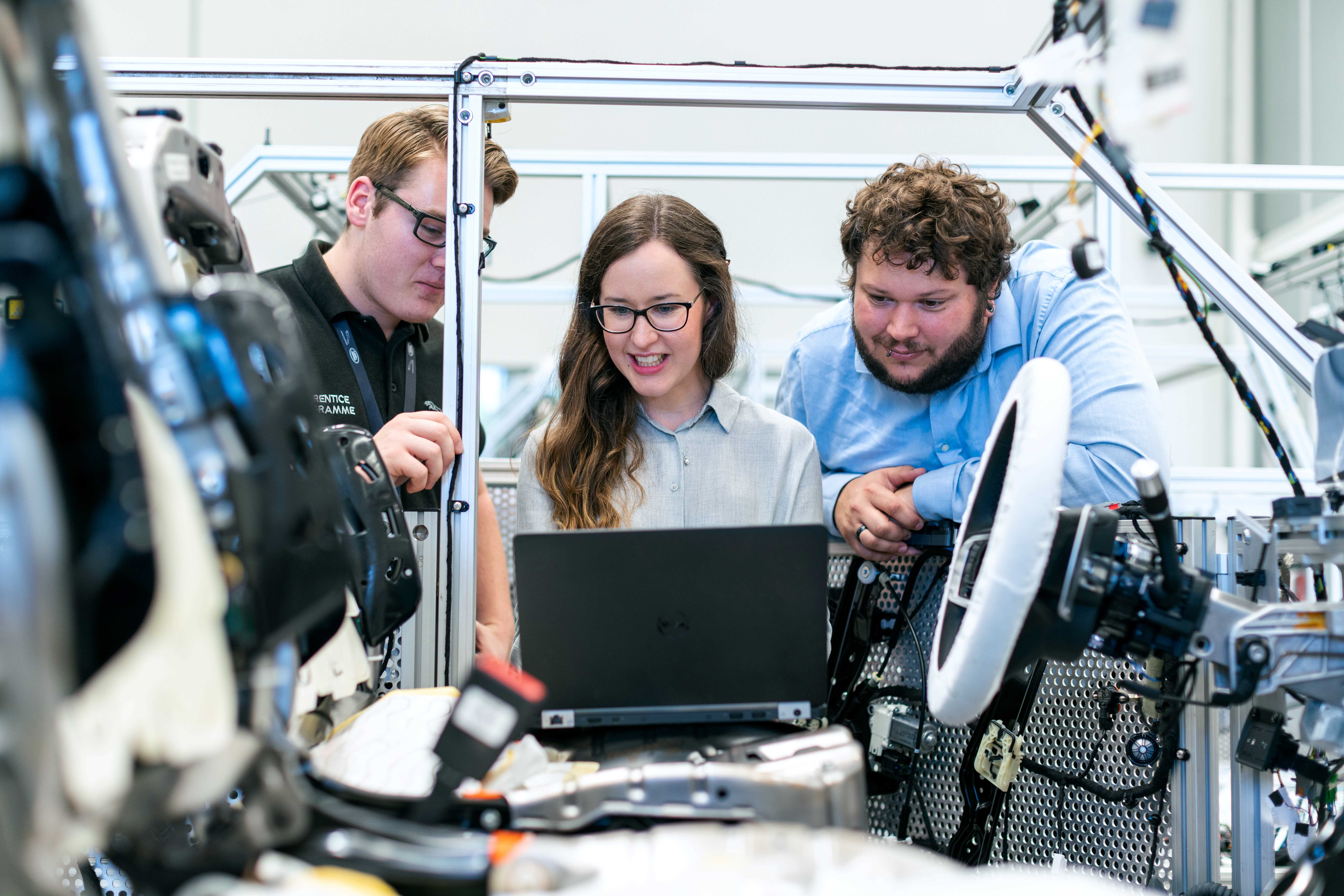
Rethinking supply chains for a greener future
The commitment to make Britain a zero-carbon nation by 2050 has implications for supply chains.
Businesses will need to consider each link, cog, and material in their supply chain, from the sourcing of raw materials, to the manufacture, storage, and transportation of products, as outlined in the IS Council’s recent Developing Greener Supply Chains paper.
An example of what this might look like - a model of innovative practice rather than the norm across a business - is BMW’s electric vehicle, the i3: designed from the floor upwards to ensure it has one of the lowest ‘whole life’ carbon footprints. Hydroelectric power is used to produce the carbon fibre bodywork; the wooden trim is from fast-growing eucalyptus; and the manufacture is powered by wind turbines.
The options for introducing carbon-reducing approaches and materials are many. The problem will be finding the combination of changes that are genuinely sustainable for the environment (to hit carbon targets), economically sustainable for businesses, and socially sustainable (in terms of what new models mean for people and jobs). We need this bigger, broader sustainability for the zero-carbon future to work and not to be a series of painful experiments.
This will require a coordinated approach which considers the co-benefits and trade-offs of various measures. For example, more efficient processes and resource use offers the potential co-benefits of increased profitability and market share, by capturing environmentally-conscious consumers. However, choosing more sustainable packaging, for example, cardboard as a replacement for plastic bubble wrap, can involve trade-offs if reduced shelf-life increases product wastage, or extra packaging layers take up more space per vehicle on the road, leading to higher costs and more vehicles on the road.
Incentives will also need to be better aligned, so that companies can no longer reap financial benefits without accounting for environmental costs, and so environmentally-conscious consumers can do the right thing affordably. Reducing the cost of clean technologies and renewable energy sources will be key to increased adoption, accompanied by a compelling commercial reason to invest in change.
Government must seize the opportunity to reset and create the right conditions for businesses and consumers to transition to a sustainable future. This will require a carefully thought-out long-term vision, developed collaboratively across government and the business community, so that businesses and innovators can invest with greater certainty, and coordinated decision-making delivers greater impact and limits unintended consequences.
Many seemingly simple changes come with a tangle of unwanted implications. For example, are there going to be large enough and reliable enough supplies of sugar cane for producing biodegradable wrappings? If we all made the switch to electric cars tomorrow, where would all the lithium, nickel, cobalt, and other minerals, come from for the batteries?
The home delivery model may reduce the number of car journeys to retail outlets, reducing emissions. But there are also implications for businesses who have to take the hit from delivery costs - and worse when a product is returned (and increase emissions).
The latter provides an example of how inter-connected these issues are in the context of a green recovery from the Covid crisis and the government’s commitment to levelling up. While Covid has accelerated and accentuated some trends – such as use of digital technology, appreciation of the environment and well-being, and growth in online shopping – in the longer-term, a delivery culture would mean empty town centres, limited retail store jobs, and communities without a social hub.
While the options for decarbonising supply chains and improving their resilience to climate-related risks might be many, planning and coordinating how best to achieve this at pace, in a way which is aligned with the ‘Just Transition Declaration’, with its focus on the social consequences and the commitment to levelling up is a complex challenge. Achieving an inclusive transition to a zero-carbon economy – which avoids leaving communities behind and creating opportunities to prosper from both decarbonisation and the shift away from low quality, poorly paid jobs in low productivity regions and sectors, will not be easy. Achieving a thriving, sustainable economy which values quality and longevity over quantity, and delivers quality of life and opportunity, will require a system approach to understand the interactions between economic, technical, environmental, and social factors.